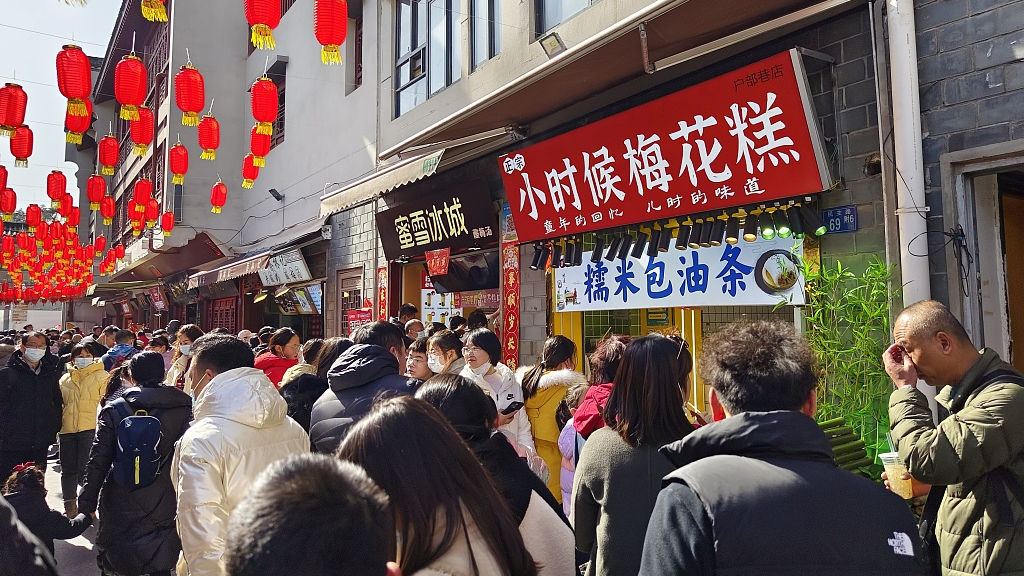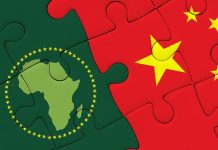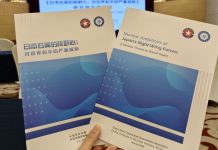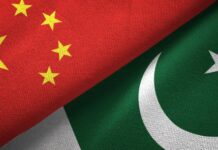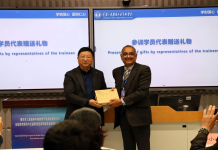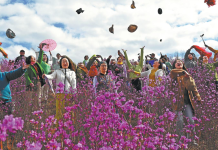BEIJING: China embraced its first Chinese New Year with downgraded COVID-19 measures in recent months and the nation has already seen a positive impact in helping people resume their normal lives.
About 110 million railway passenger trips were made between January 7 and 21, the first 15 days of the 40-day Chinese New Year travel rush, up 27.3 percent year on year, according to China Railway. A total of 26.23 million trips were made on the Chinese New Year eve via railways, highways, ships and airplanes, half pre-pandemic levels, but up 50.8 percent from last year.
The search and bookings for the outbound travel have been surging since the country reinstated travel agencies and online travel companies’ outbound group travel and “air ticket + hotel” businesses for Chinese citizens starting from February.
Data from Alibaba’s travel portal Feizhu on January 20 showed that bookings for outbound travel to 33 countries and regions doubled year on year. Travel orders to Thailand, Maldives and New Zealand exceeded 10 times increase. International flight tickets in the recent week surged three times compared to last year.
Such travel rush seemed to pose potential COVID-19 infection growth, however, Wu Zunyou, chief epidemiologist at the Chinese Center for Disease Control and Prevention (CDC) said the possibility of a big COVID-19 rebound over the next two or three months is remote as 80 percent of people have been infected.
“Currently, the nation has passed the peak of the COVID-19 infection wave,” he said on Weibo, a Chinese social media platform.
The COVID-19 battle
It was not easy for China to combat COVID-19 in the past three years due to the fluid situation of the virus. The country always put people’s life and health as the top priority in policymaking.
When the virus was detected in Wuhan, the government decided to shut down traffic in and out of the city, pausing regular work and lives for tens of millions of people. It was an aggressive but rather bold measure that was cited as “difficult but right thing to do” by doctors and experts as reported in a Bloomberg article.
In the three months that followed, China sent more than 40,000 medical workers to hard-hit Hubei and Wuhan, who strived to help resolve the first wave of infections.
It has also taken swift actions in the research and development of vaccines against the virus right after the country successfully isolated the first novel coronavirus strain amid the outbreak early in 2020.
Once the outbreak had been contained, China adapted its COVID-19 response in light of an evolving situation with dynamic COVID-19 zero approach, which bought time for vaccination development and inoculation against the virus. The essence of the policy was to cut off the spread of new infections as soon as possible, instead of letting go of the situation and allowing it to run out of control.
–The Daily Mail-CGTN news exchange item

